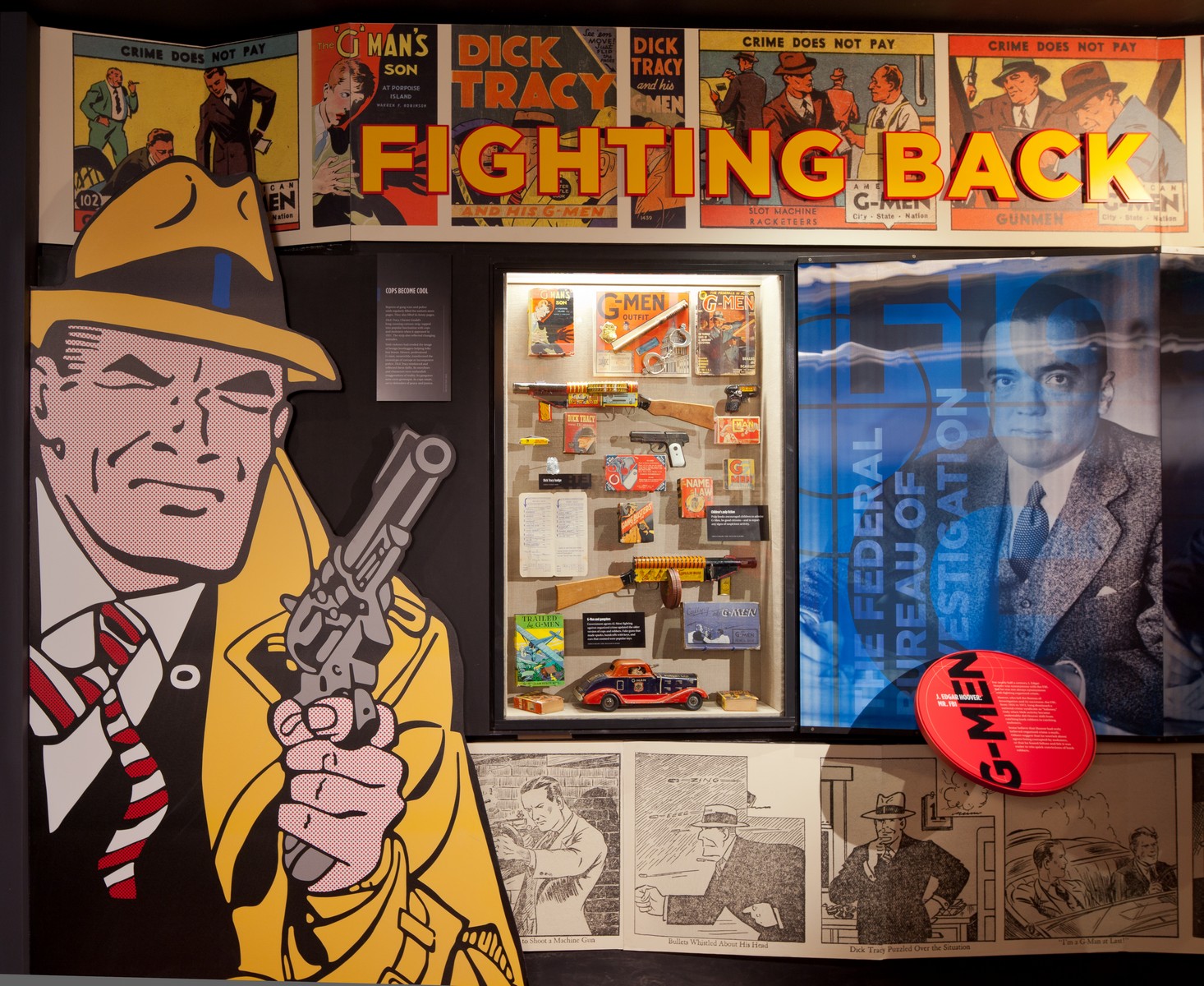
Overview
As the Mob prospered during Prohibition, law enforcement agencies found themselves overmatched by the clever and violent crime syndicates. New legal powers and more firepower were needed to combat this growing threat. The Bureau of Narcotics took on the Mob’s role in drug trafficking, the Treasury Department’s Intelligence Unit probed the tax records of crime kingpins, J. Edgar Hoover established the Federal Bureau of Investigation – the G-Men — as the nation’s primary law enforcement agency and Congress passed laws to expand police powers. These efforts saw results: Crime bosses such as Al Capone, Lucky Luciano and Louis Buchalter were taken down. But the Mob was far from finished.
Gallery
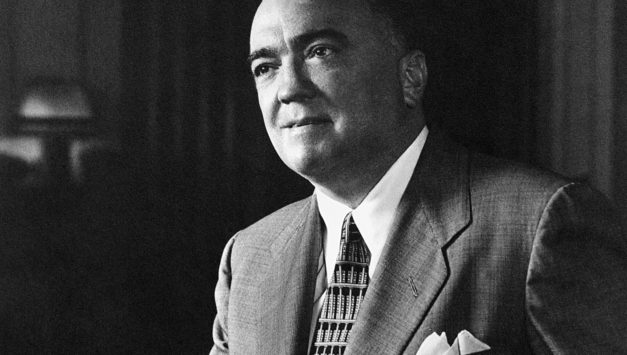
J. Edgar Hoover revolutionized the way America could fight crime by developing a strong federal law enforcement agency that wasn’t hampered by state boundaries and laws. His legacy with the FBI remains strong to this day.
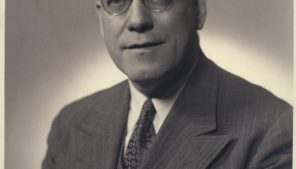
Elmer Irey was the chief of the Treasury Department's Special Intelligence Unit, known as the T-Men. His unit helped bring down many mobsters, including Al Capone, for tax evasion.
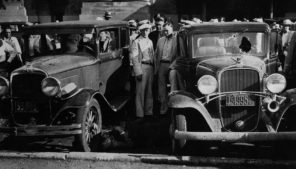
During an attempt to free criminal Frank Nash, Nash and four law enforcement officers were killed at the railroad station in Kansas City, Missouri, on June 17, 1933.
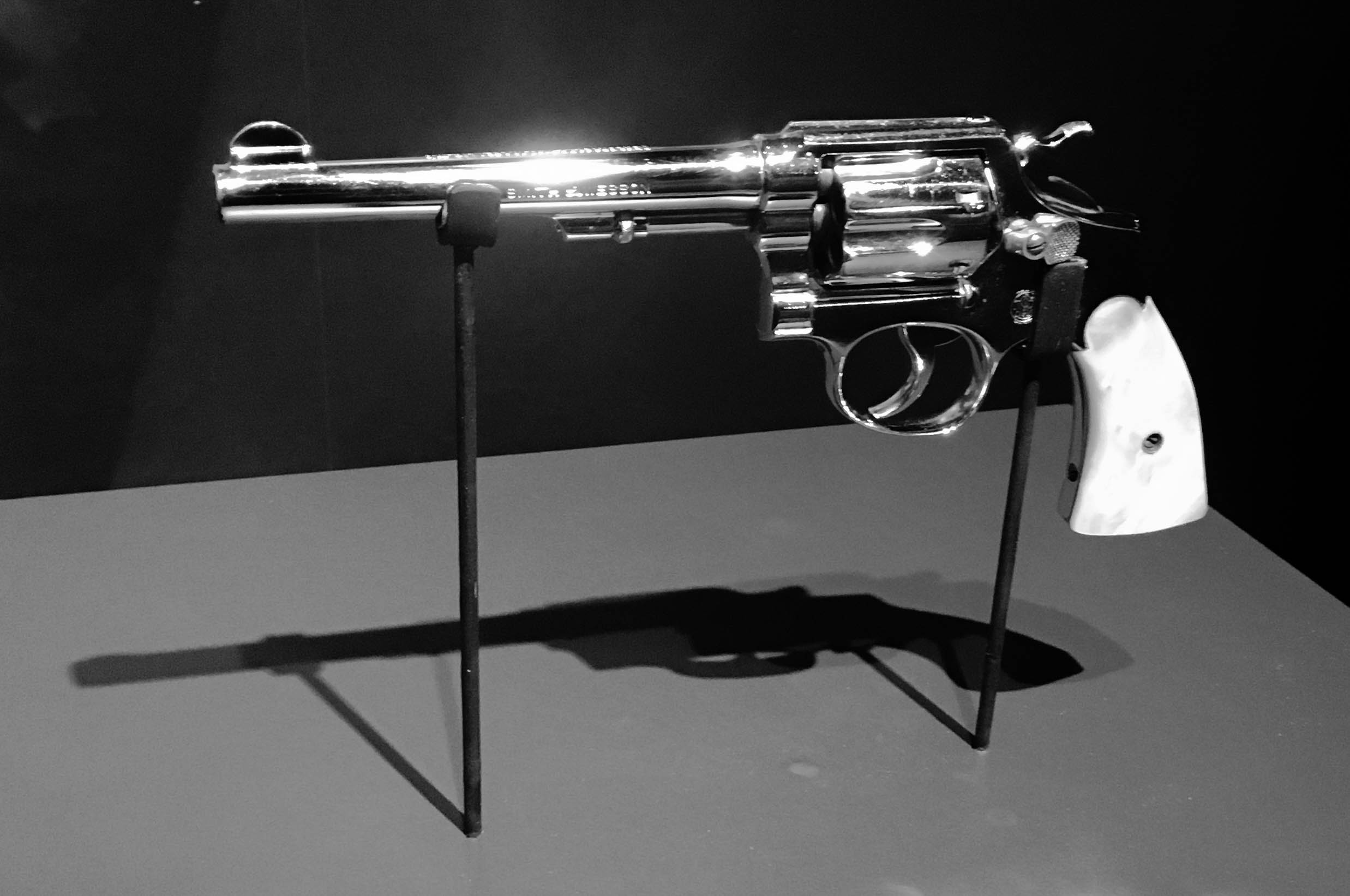
When Al Capone was arrested in Miami on a minor charge, police confiscated a pearl-handled Smith and Wesson .38 revolver. The gun eventually ended up in the possession of the IRS Criminal Investigation Division, which loaned it to the Museum.
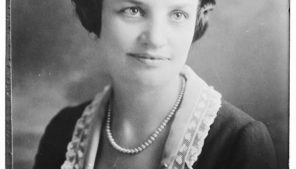
Mabel Willebrandt was the assistant attorney general for the Justice Department charged with enforcing Prohibition. Willebrandt prosecuted bootleggers, rumrunners and tax cheats.

Elliot Wisbrod developed this early bulletproof vest that was patented in 1936 to protect against the increased use of guns by gangsters and outlaws.

Al Capone, pictured here with his lawyer, evaded prison for years until he was finally brought down for tax evasion.
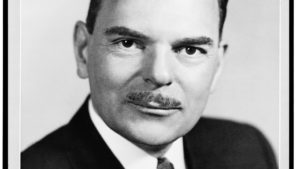
Thomas Dewey was one of the most influential prosecutors who cracked down on Mob activities in the early 20th century. He successfully prosecuted mobsters Waxey Gordon, Louis Lepke and Charles “Lucky” Luciano.
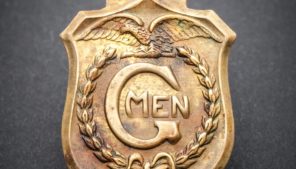
A variety of toys were marketed to appeal to young fans of the real-life G-Men, who worked for the FBI.

Government Men – or “G-Men” – became the focus of popular children’s toys in an effort to make being one of the good guys more glamorous.





